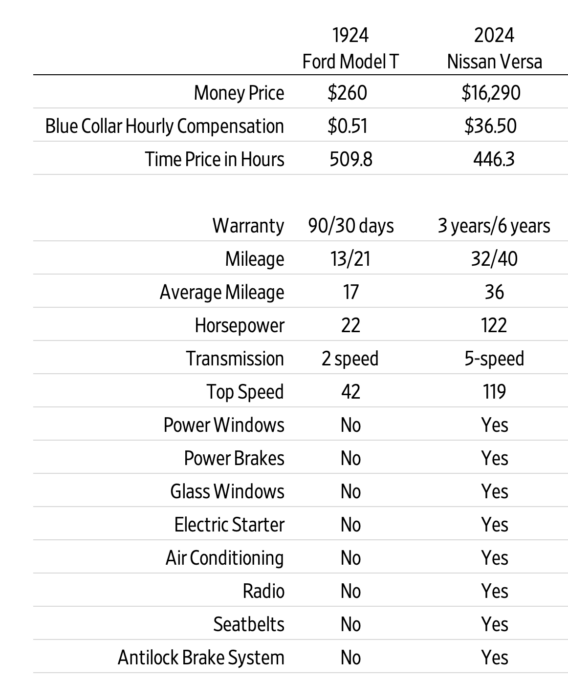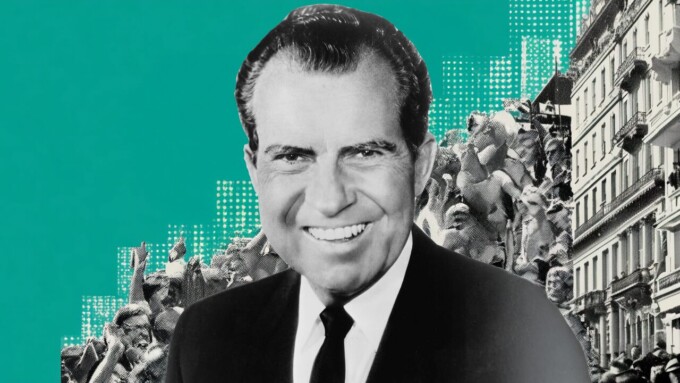In 1924, you could buy a new Ford Model T for $260. Today, a new Nissan Versa costs $16,290. While the Versa is more expensive, it is also much more affordable. Why? Because hourly wages have increased faster than prices. In 1924, blue-collar hourly compensation (wages and benefits) was about 51 cents an hour. The time price of a new Model T was about 510 hours. Blue-collar workers today are earning closer to $36.50 an hour. This puts the Versa time price at 446 hours. You save 64 hours. The time price of a new car has declined by 12.5 percent. For the time it took to earn the money to buy one Model T in 1924, you get 1.14 Versas today.

But this is only a small part of the story. Cars today are faster, safer, and more comfortable, powerful, and reliable than ever. Creative entrepreneurs and free markets give consumers great choices and prices.

The Model T was a great innovation in its day. From 1908 to 1924, the price fell from $850 to $260 as Henry Ford and his team moved up the learning curve with massive volumes. Every time he made another car, he learned something new that was then translated into lower prices, higher wages, and greater profits. Ford recognized that knowledge is our key resource and transforms atoms and ideas into value. Since there is no limit to the new knowledge we can discover, our resources can be infinite. Find a learning curve and enjoy the knowledge discovery experience for yourself. We can help the human race flourish with the freedom to innovate and create value for one another. This is truly what economics is about.
This article was published at Gale Winds on 1/3/2024. Read more of Gale’s work at his Substack.





